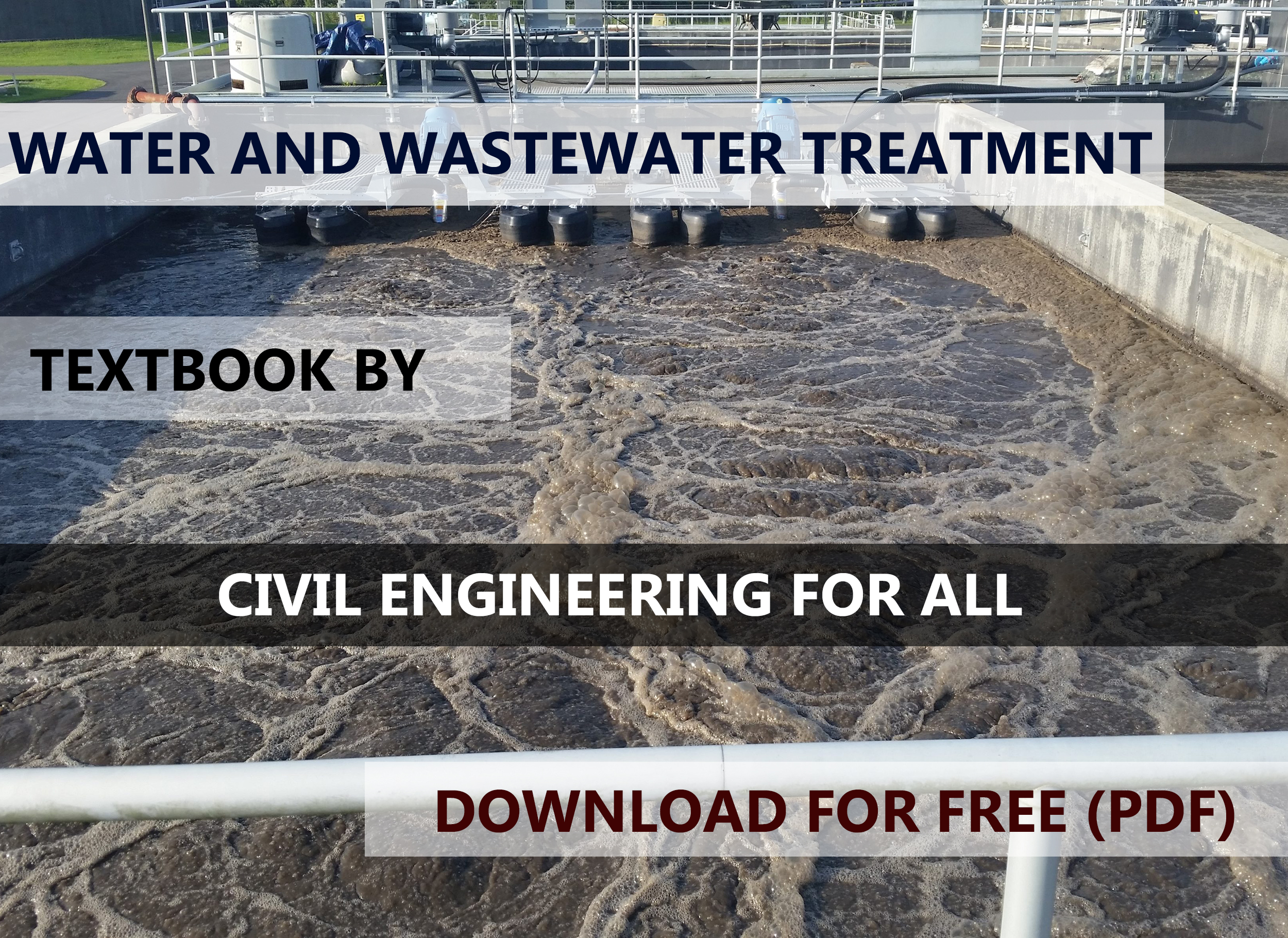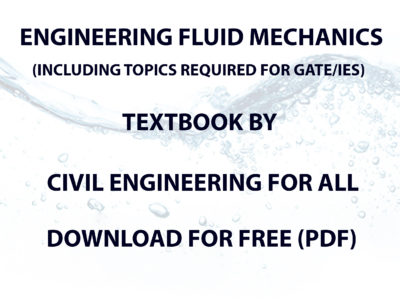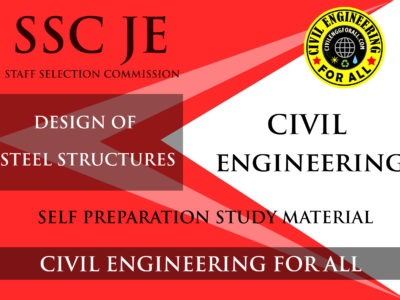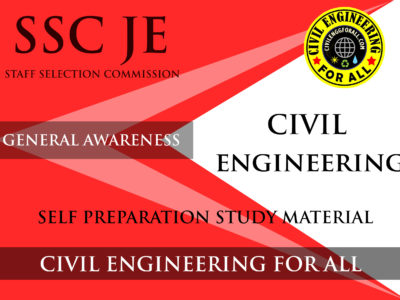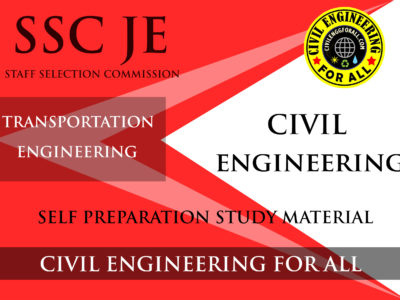
CONTENTS
- An Overview of Water and Wastewater Treatment
- Filtration
- Chemical Additives that enhance Filtration
- Filter Media selection
- Pressure and Cake-Filtration
- Cartridge and other filters
- Sand Filtration
- Sedimentation
- Clarification
- Floatation
- Coalescence
- Membrane Separation Technologies
- Ion Exchange and Carbon Adsorption
- Water Sterilization Technologies
- Sludge Treatment
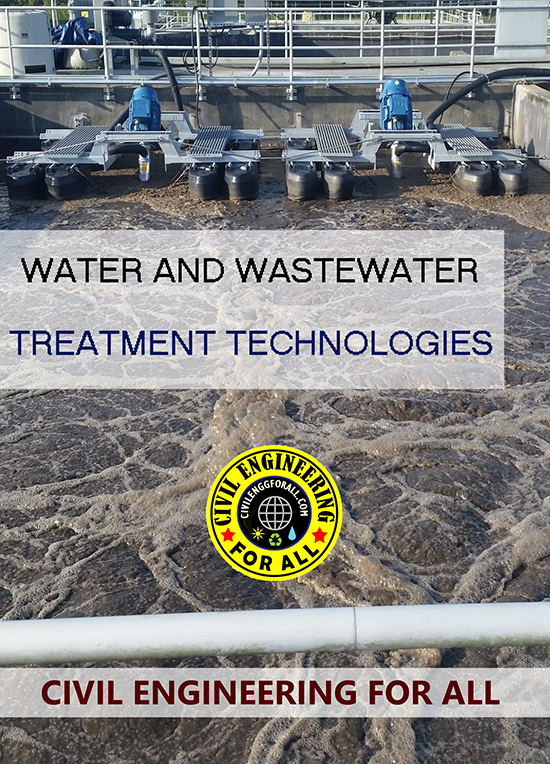
WATER AND WASTEWATER TREATMENT
When we refer to water purification, it makes little sense to discuss the subject without first identifying the contaminants that we wish to remove from water. Also, the source of the water is of importance. Our discussion at this point focuses on drinking water. Groundwater sources are of a particular concern, because there are many communities throughout the U.S. that rely on this form. The following are some of the major contaminants that are of concern in water purification applications, as applied to drinking water sources, derived from groundwater. \

ENVIRONMENTAL ENGINEERING IES MASTER GATE STUDY MATERIAL : CLICK HERE
Heavy Metals
Heavy metals represent problems in terms of groundwater pollution. The best way to identify their presence is by a lab test of the water or by contacting county health departments. There are concerns of chronic exposure to low levels of heavy metals in drinking water. Turbidity – Turbidity refers to suspended solids, i.e. muddy water, is very turbid. Turbidity is undesirable for three reasons: aesthetic considerations, solids may contain heavy metals, pathogens or other contaminants, 9 turbidity decreases the effectiveness of water treatment techniques by shielding pathogens from chemical or thermal damage, or in the case of UV (ultra violet) treatment, absorbing the UV light itself.

Organic Compounds
Water can be contaminated by a number of organic compounds, such as chloroform, gasoline, pesticides, and herbicides from a variety of industrial and agricultural operations or applications. These contaminants must be identified in a lab test. It is unlikely groundwater will suddenly become contaminated, unless a quantity of chemicals is allowed to enter a well or penetrating the aquifer. One exception is when the aquifer is located in limestone. Not only will water flow faster through limestone, but the rock is prone to forming vertical channels or sinkholes that will rapidly allow contamination from surface water. Surface water may show great variations in chemical contamination levels due to differences in rainfall, seasonal crop cultivation, and industrial effluent levels. Also, some hydrocarbons (the chlorinated hydrocarbons in particular) form a type of contaminant that is especially troublesome. These are a group of chemicals known as dense nonaqueous phase liquids, or DNAPLs. These include chemicals used in dry cleaning, wood preservation, asphalt operations, machining, and in the production and repair of automobiles, aviation equipment, munitions, and electrical equipment. These substances are heavier than water and they sink quickly into the ground.
ENVIRONMENTAL ENGINEERING ACE GATE MATERIAL : CLICK HERE
This makes spills of DNAPLs more difficult to handle than spills of petroleum products. As with petroleum products, the problems are caused by groundwater dissolving some of the compounds in these volatile substances. These compounds can then move with the groundwater flow. Except in large cities, drinking water is rarely tested for these contaminants. Disposal of chemicals that have low water solubility and a density greater than water result in the formation of distinct areas of pure residual contamination in soils and groundwater. These chemicals are typically solvents and are collectively referred to as Dense Non- Aqueous Phase Liquids (DNAPLs). Because of their relatively high density, they tend to move downward through soils and groundwater, leaving small amounts along the migratory pathway, until they reach an impermeable layer where they collect in discrete pools. Once the DNAPLs have reached an aquitard they tend to move laterally under the influence of gravity and to slowly dissolve into the groundwater, providing a long-term source for low level contamination of groundwater. Because of their movement patterns DNAPL contamination is difficult to detect, characterize and remediate.
Pathogens
These include protozoa, bacteria, and viruses. Protozoa cysts are the largest pathogens in drinking water, and are responsible for many of the waterborne disease cases in the U.S. Protozoa cysts range is size from 2 to 15 #m (a micron is one millionth of a meter), but can squeeze through smaller openings. In order to insure cyst filtration, filters with a absolute pore size of 1 #m or less should be used. The two most common protozoa pathogens are Giardia lamblia (Giardia) and Cryptosporidium (Crypto). Both organisms have caused numerous deaths in recent years in the U.S. and Canada, the deaths occurring in the young and elderly, and the sick and immune compromised. Many deaths were a result of more than one of these conditions. Neither disease is likely to be fatal to a healthy adult, even if untreated. For example in Milwaukee in April of 1993, of 400,000 who were diagnosed with Crypto, only 54 deaths were linked to the outbreak, 84 % of whom were AIDS patients. Outside of the U.S. and other developed countries, protozoa are responsible for many cases of amoebic dysentery, but so far this has not been a problem in the U.S., due to the application of more advanced wastewater treatment technologies. This could change during a survival situation. Tests have found Giardia and/or Crypto in up to 5 % of vertical wells and 26 % of springs in the U.S.

ENVIRONMENTAL ENGINEERING MADE EASY GATE NOTES : CLICK HERE
FILTRATION
Filtration is a fundamental unit operation that, within the context of this volume, separates suspended particle matter from water. Although industrial applications of this operation vary significantly, all filtration equipment operate by passing the solution or suspension through a porous membrane or medium, upon which the solid particles are retained on the medium’s surface or within the pores of the medium, while the fluid, referred to as the filtrate, passes through. In a very general sense, the operation is performed for one or both of the following reasons. It can be used for the recovery of valuable products (either the suspended solids or the fluid), or it may be applied to purify the liquid stream, thereby improving product quality, or both. Examples of various processes that rely on filtration include adsorption, chromatography, operations involving the flow of suspensions through packed columns, ion exchange, and various reactor engineering applications. In petroleum engineering, filtration principles are applied to the displacement of oil with gas (i.e., liquid-liquid separations), in the separation of water and miscible solvents (including solutions of surface-active agents), and in reservoir flow applications. In hydrology, interest is in the movement of trace pollutants in water systems, the purification of water for drinking and irrigation, and to prevent saltwater encroachment into freshwater reservoirs. In soil physics, applications are in the movement of water, nutrients and pollutants into plants. In biophysics, the subject of flow through a porous media touches upon life processes such as the flow of fluids in the lungs and the kidney. Although there are numerous industry-specific applications of filtration, water treatment has historically and continues to be the largest general application of this unit operation.
WATER AND WASTEWATER TREATMENT TEXTBOOK BY CIVILENGGFORALL PDF
DOWNLOAD LINK : CLICK HERE
PASSWORD : CivilEnggForAll
OTHER USEFUL BOOKS
- RAJASTHAN STAFF SELECTION BOARD (RSSB) JUNIOR ENGINEER DIPLOMA CIVIL ENGINEERING EXAM 2022 – HINDI & ENGLISH MEDIUM SOLVED PAPER – FREE DOWNLOAD PDF (CivilEnggForAll.com)
- ISRO TECHNICAL ASSISTANT EXAM 2022 – CIVIL ENGINEERING – HINDI & ENGLISH MEDIUM – SOLVED PAPER – FREE DOWNLOAD PDF (CivilEnggForAll.com)
- MADHYA PRADESH PUBLIC SERVICE (MPPSC) COMMISSION – ASSISTANT ENGINEER EXAM – MPPSC AE 2021 CIVIL ENGINEERING – SOLVED PAPER WITH EXPLANATIONS – PDF FREE DOWNLOAD
- BIHAR PUBLIC SERVICE COMMISSION (BPSC) ASSISTANT ENGINEER EXAM – 2022 – CIVIL ENGINEERING – SOLVED PAPER – FREE DOWNLOAD PDF (CivilEnggForAll.com)
- ODISHA PUBLIC SERVICE COMMISSION – OPSC AEE PANCHAYATI RAJ EXAM 2021 – SOLVED PAPER WITH EXPLANATION – FREE DOWNLOAD PDF

